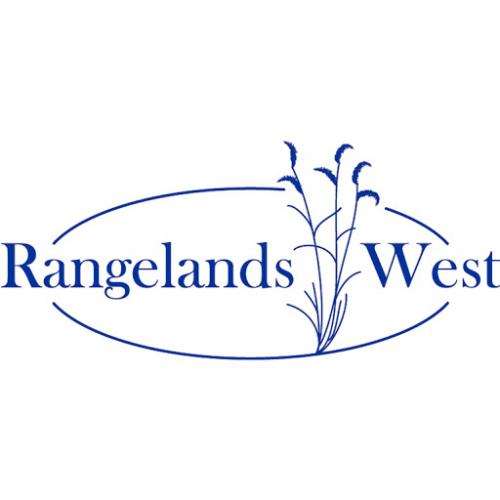The value of mountain rye (Secale montanum Guss.) for competitive suppression of 2 annual bromegrasses (downy brome, Bromus tectorum L. and Japanese brome, B. japonicus Thunb) was investigated in a 3-year study on reclaimed coal mined lands in southeastern Montana. Rye established rapidly and vigorously, but did not persist appreciably (either through initially established plants or new seedlings) after the second year. However, mountain rye significantly reduced growth and reproduction of annual bromes during the first 2 growing seasons. Mountain rye also inhibited growth of other concurrently seeded perennial grasses during the first 2 seasons. Annual brome soil seedbanks were not sufficiently reduced in rye-seeded plots to prevent an eventual, third year recovery of brome productivity after a massive dieback of rye between the second and third growing seasons. Mountain rye therefore proved effective for short but not for longer-term control of annual bromes. This study did not allow distinction between the known short-lived nature of mountain rye and/or local environment as causal factors for the massive dieback after the second year.

Articles, citations, reports, websites, and multimedia resources focused on rangeland ecology, management, restoration, and other issues on American rangelands.